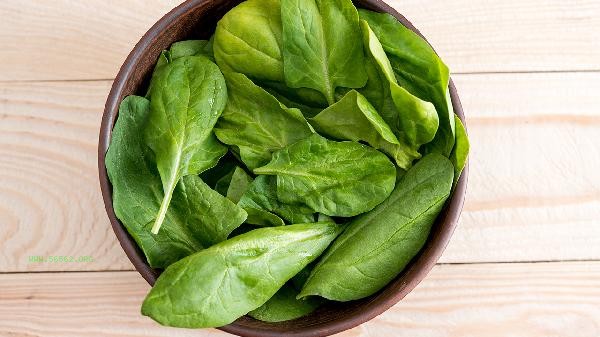Spinach juice is prone to oxidation and discoloration during the production process, which can be reduced by blanching, adding acidic substances, and rapid processing. The discoloration of spinach juice is mainly related to chlorophyll oxidation. Fresh spinach contains a large amount of chlorophyll, which is easily oxidized upon contact with air, resulting in a darker color. Quickly blanch spinach in boiling water for about 10 seconds to disrupt oxidase activity and reduce chlorophyll decomposition. Immediately supercooling after blanching can maintain a fresh green color. Adding a small amount of lemon juice or white vinegar during stirring can delay chlorophyll degradation in an acidic environment. Using a wall breaking machine for high-speed stirring can shorten processing time and reduce the chance of oxidation. Drink or seal and refrigerate as soon as possible after production to avoid prolonged exposure to air. The oxalic acid in spinach can affect calcium absorption. It is recommended to blanch it before juicing. People with gastrointestinal sensitivity should control their intake and avoid discomfort caused by excessive drinking. When juicing, it can be paired with fruits such as apples and bananas to improve the taste, but attention should be paid to sugar intake. Children can dilute it appropriately when drinking to avoid stimulating the gastrointestinal mucosa. People with special physical conditions such as kidney stones should consult a doctor before drinking. For daily storage of spinach juice, it is recommended to use dark sealed bottles and refrigerate for no more than 24 hours to ensure nutrition and color.









Comments (0)
Leave a Comment
No comments yet
Be the first to share your thoughts!